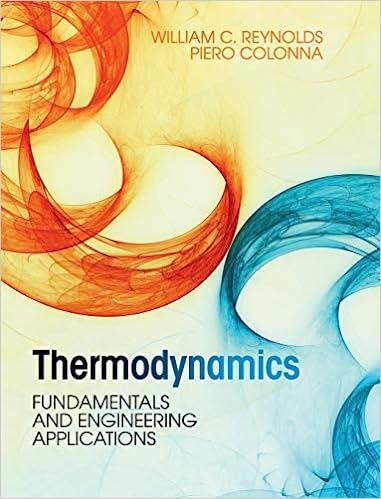Question
Pharmacokinetics concerns the ingestion, distribution, reaction and elimination reaction of drugs in the body. Consider the application of pharmacokinetics to one of the major problems
Pharmacokinetics concerns the ingestion, distribution, reaction and elimination reaction of drugs in the body. Consider the application of pharmacokinetics to one of the major problems we have in the US, drinking and driving. Here, we shall model how long one must wait to drive after having a tall martini. In most states, the legal intoxication limit is 0.8 g of ethanol per liter of body fluid. (In Sweden it is 0.5 g/L, and in Eastern Europe and Russia it is any value above 0.0 g/L.) The ingestion of ethanol into the bloodstream and its subsequent elimination can be modeled as a series reaction. The rate of absorption from the gastrointestinal tract into the bloodstream and body is a first-order reaction with a specific reaction rate constant of 10 h-1. The rate at which ethanol is broken down in the bloodstream is limited by regeneration of a coenzyme. Consequently, the process may be modeled as a zero-order reaction with a specific reaction rate of 0.192 g/hL of body fluid.
Suppose you immediately drank two tall martinis after arriving at a party. How long would you have to wait before your blood-alcohol concentration is below the legal limit in order to drive a) in the US, b) in Sweden, and c) in Russia? How would your answer change if d) the drinks were taken hour apart? e) And if the two drinks were consumed at a uniform rate during the first hour?
Step by Step Solution
There are 3 Steps involved in it
Step: 1

Get Instant Access to Expert-Tailored Solutions
See step-by-step solutions with expert insights and AI powered tools for academic success
Step: 2

Step: 3

Ace Your Homework with AI
Get the answers you need in no time with our AI-driven, step-by-step assistance
Get Started


